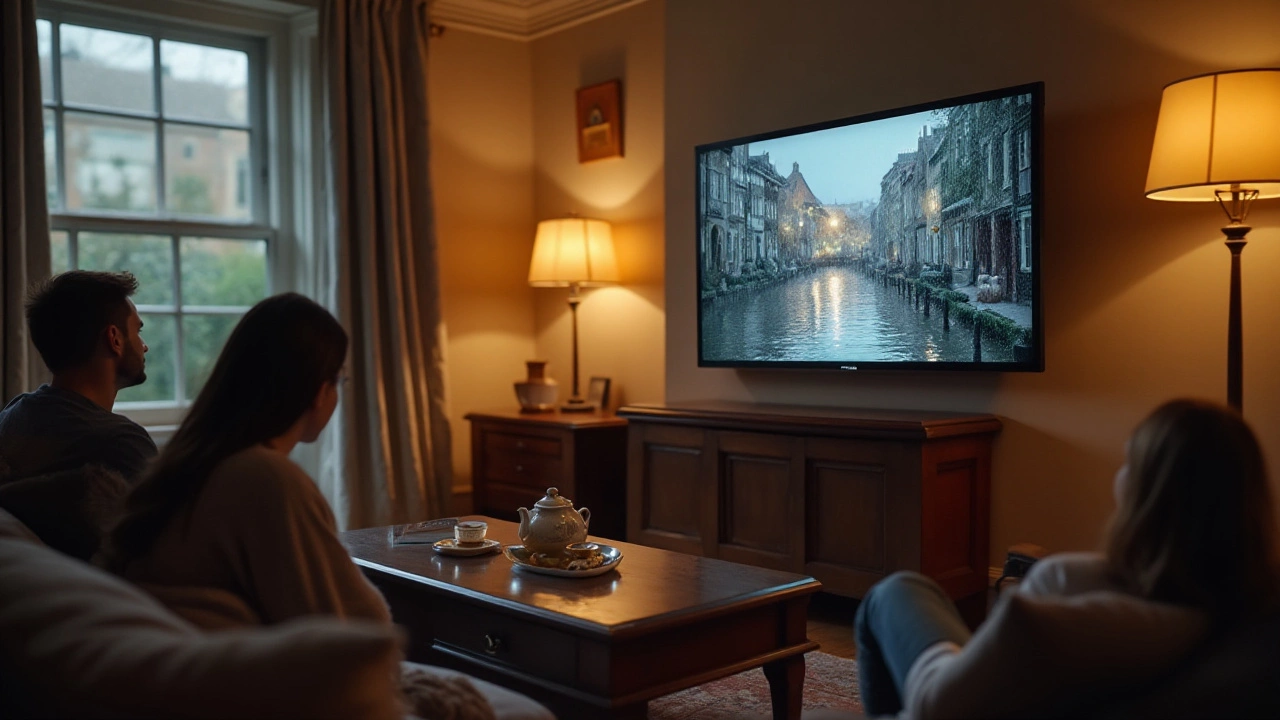TV Tilt Guide: Get the Perfect Viewing Angle
Ever sit on your couch and notice the TV glare or neck strain? A simple tilt adjustment can fix that. Tilting your TV means the screen points up or down to match your eye level, reducing glare and making movie nights comfortable.
Why Tilt Matters
When a TV sits too low, you end up looking down, which can tire your neck after a while. Too high and you’re craning your neck upward. Both positions affect picture quality because the screen reflects light differently. A tilt mount lets you fine‑tune the angle, so the picture stays clear and you stay relaxed.
Tilting also helps with room lighting. If a window shines on the screen, a slight downward tilt can cut the reflection. Likewise, a ceiling light can be avoided by angling the TV upward a bit. The result is a clearer picture without buying expensive anti‑glare screens.
Installing and Adjusting Your Tilt
First, pick a mount that lists a tilt range – most offer 5° to 15°. Check the VESA pattern on the back of your TV; the mount must match it. Make sure the mount’s weight rating exceeds your TV’s weight.
Mark the studs on the wall, drill pilot holes, and attach the bracket securely. Most brackets have a locking knob or bolt that holds the TV and lets you tilt. After hanging the TV, sit where you usually watch and adjust the tilt until the screen is at eye level. Tighten the lock and step back to double‑check the angle.
If you have a low TV stand, you might need a greater tilt angle. Some mounts provide up to 20° or even 30°. Just be sure the mount’s extension arm can handle the extra force; otherwise it could sag over time.
After you lock the tilt, test for wobble by gently pushing the TV. No movement means the mount is solid. If you notice any sway, tighten the bolts a bit more or add a wall anchor for extra support.
Finally, tuck cables behind the wall or use a cable cover to keep everything tidy. A clean setup not only looks better but also reduces the chance of accidentally pulling on the cords and shifting the tilt.
With the right tilt, you’ll notice less glare, a more comfortable viewing position, and a sharper picture. It’s a small tweak that makes a big difference, and you can do it yourself in under an hour.
Why Tilting Your TV Can Enhance Viewing Experience
Deciding whether to tilt your TV can significantly affect your viewing comfort and overall experience. This article explores the benefits and considerations of adjusting the angle of a TV, such as improving glare reduction and enhancing ergonomic comfort. It provides practical tips for the proper installation of tilted TV setups and highlights the importance of personal preferences and room layout. You'll also learn about common mistakes to avoid to ensure a safe and satisfactory installation.
More
